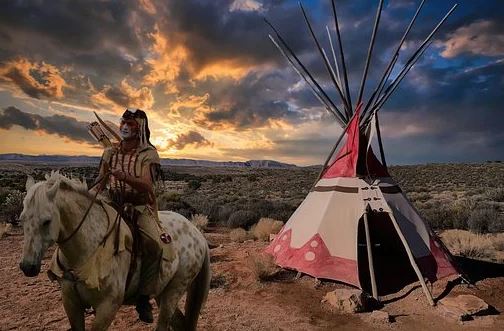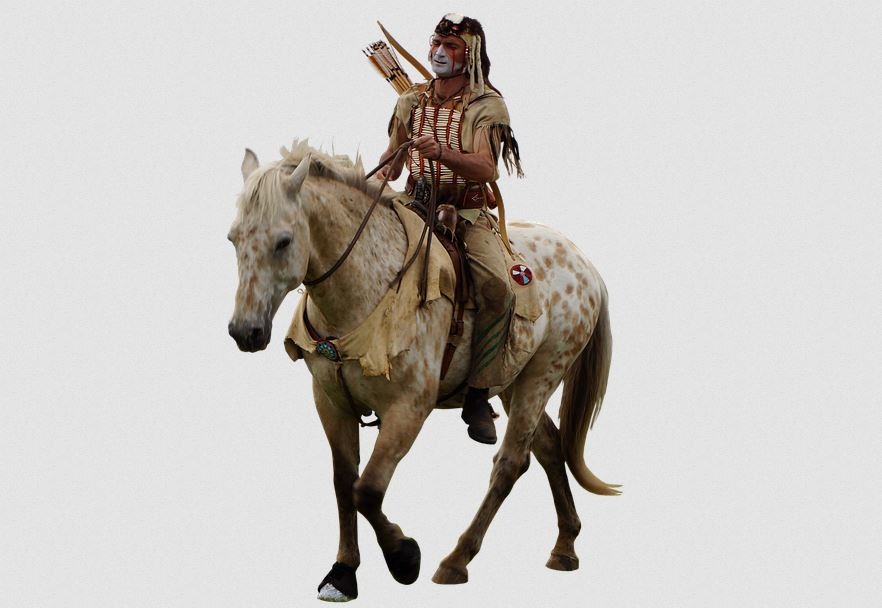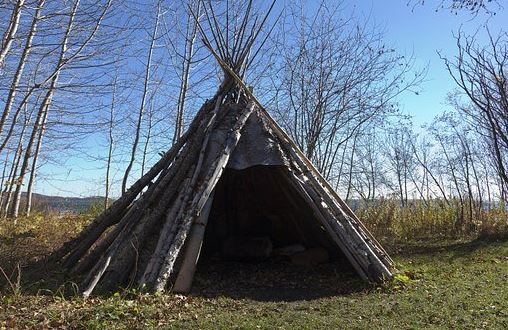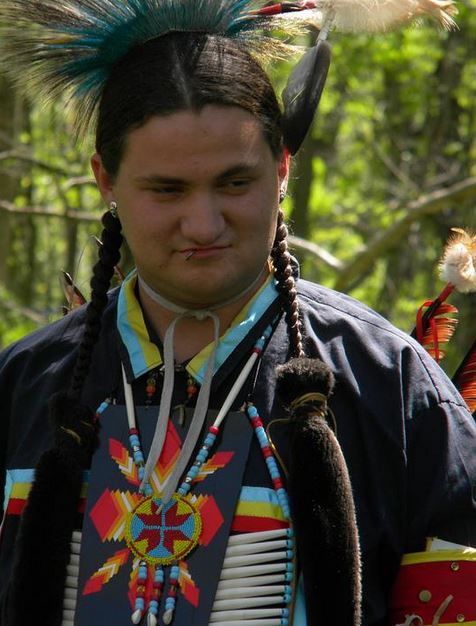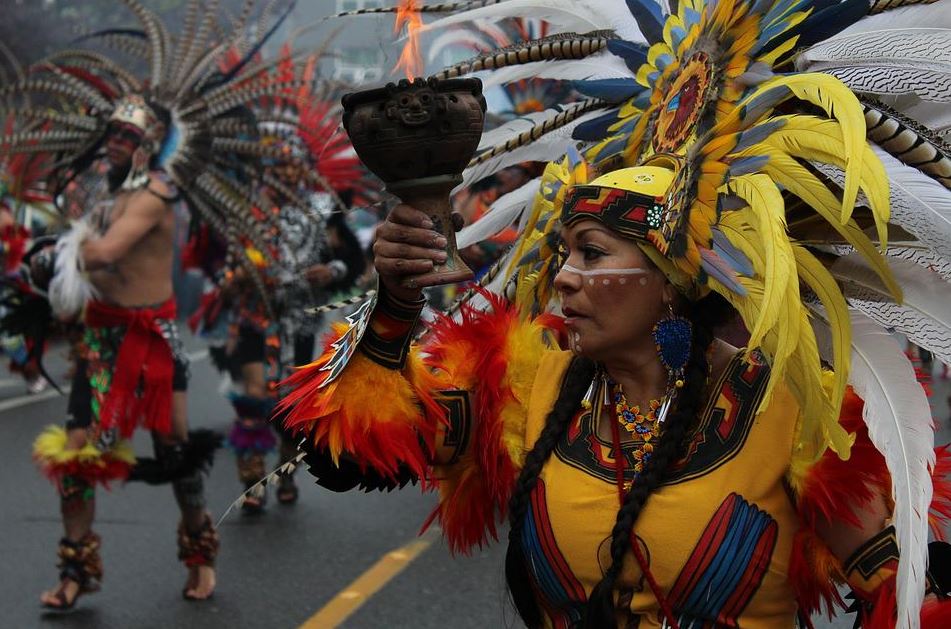Originally from the Southern Plains of what is now the United States, the Comanche (Comanche: Nmn; “the people”) are a Native American people. In the 18th and 19th centuries, the southern Great Plains was home to the Comanche, a nomadic Indian tribe from North America known as the Nermernuh. The Ute word “anyone who wants to fight me all the time” is the origin of the name Comanche.
History
For much of the 18th and 19th centuries, the Comanches, exceptional horsemen who dominated the Southern Plains, had a significant impact on Texas frontier history. Evidence suggests that they were originally a mountain tribe, part of the Northern Shoshones, who roamed the Great Basin region of western United States as primitively-equipped hunter-gatherers. For the Comanches, Shoshone roots are confirmed by cultural and linguistic similarities. Unlike the Northern Shoshones, the Comanche language is derived from the Uto-Aztecan linguistic family. The arrival of horses among the Comanches in the late seventeenth century had a profound impact on their way of life. As they rapidly transformed into a mounted, well-equipped, and powerful people, the lives of the pedestrian tribe were revolutionized. To take advantage of the plentiful game in eastern Colorado and western Kansas, they were able to move away from their mountain home and the Shoshone neighbors who had been their neighbors for so long.
When they first arrived in the southern Great Plains, they settled in an area that stretched from the Arkansas River all the way to central Texas. In 1706, when news of an impending attack by Utes and Comanches reached Santa Fe, the first recorded mention of these people in Spanish records was made. The Comanches drove the Apaches from the Plains during their advance. Comanche-Apache conflict had reached mythical proportions in late 18th century; in 1784, Texas governor Domingo Cabello y Robles recounted the history of the southern Plains, noting that the Apaches had been driven from the southern Plains 60 years earlier (i.e., around 1724) in a nine-day battle at La Gran Sierra del Fierro, dubbed “The Great Mountain of Iron,” northwest of Texas. But there are no other documented or legendary accounts of such a fight to be found. The end of the eighteenth century saw the formation of more than a dozen bands, but there were only five major ones: Yamparika (“Yap [or Root] Eaters”), Kotsoteka (“Buffalo Eaters”), Penateka (“Honey Eaters”), Nokoni (“Wanderers” or “Those Who Turn Back”), and Quahadis (“Antelopes”). It was also the Quahadi band that was home to one of the most well-known Comanche leaders, Quanah Parker. A southern band of Indians, the Penateka, was relocated to an Indian Territory reservation in the mid-nineteenth century (now Oklahoma). The northern part of the tribe, on the other hand, persisted in its fight against settlers.
Male Comanche Transformation into Warrior
The Comanches resembled Spartans in many ways. It was said of them that they were the “prototype horse tribe,” the only one that could do more with a horse than any other tribe before them. There were many military families in the area and their old way of life was overtaken by a new way of life that was centered on war. So they essentially went on a buffalo-hunting spree and then went to war. Their social and religious structures were nonexistent, which made them astonishingly primitive. Baskets weren’t made by them. They had a culture that was bare bones. So in that culture, boys were taught to hunt and ride at a young age, and by the time they were in their teens, they were considered warriors.
Childbirth
As soon as a woman went into labor, the band moved her to a tipi or a brush lodge, depending on the season. As midwives, one or more of the older women assisted. During and immediately following the delivery, men were not permitted to enter the tipi.
This was accomplished by first softening the earthen tipi floor and digging two holes. The afterbirth went in the other hole, which was used to heat water. Stakes were hammered into the ground near the mother-to-bed so she could hold on to them while she went through the labor pains. They hung the umbilical cord up on a hackberry tree after the birth. Umbilical cords were thought to be a sign of good health and long life if they weren’t disturbed before they rotted out.
Transportation and Habitation
Dog-drawn travois were the primary mode of transportation for the Comanche. The Pueblo and the Spaniards provided them with horses in the later stages of their history. Hunting, warfare, and camp movement were all made easier by horses’ speed, agility, and strength. Because people were able to carry and pull heavier loads, they built larger homes. In contrast to dogs, horses were easier to feed because they were primarily herbivores. It is widely agreed that the Comanche were the finest light cavalry and mounted warriors in history when it came to war.
Clothing
The clothes worn by the Comanche were simple and comfortable. Breechcloth: A long piece of buckskin brought up between the legs and looped over and under the belt at both ends, as well as loose-fitting deerskin leggings were worn by men. Women wore buffalo-soled buckskin moccasins. Deer skin, animal fur, and human hair were used to embellish the women’s clothing.
Hairstyles and Hats
People in the Comanche culture were proud of their long hair. Brushes of porcupine quills were used to arrange it, which was greased and divided in the center from its forehead to its neck. They used yellow, red, or white clay to paint the scalp at the parting (or other colors). With the help of thongs of leather or colored cloth, they tied their hair into two long braids. A strand of hair from the crown of their heads was also braided. Decorative scraps of cloth and beading, as well as a single feather, adorned this thin braid known as a scalp lock. Men of the Comanche tribe wore little to no jewelry or headgear. Men began wearing the typical Plains headdress only after they moved to a reservation in the late 1800s. Wearing a woolly buffalo hide hat in the extreme cold is an option. Headdresses made of buffalo skin were worn by some warriors during battle.

